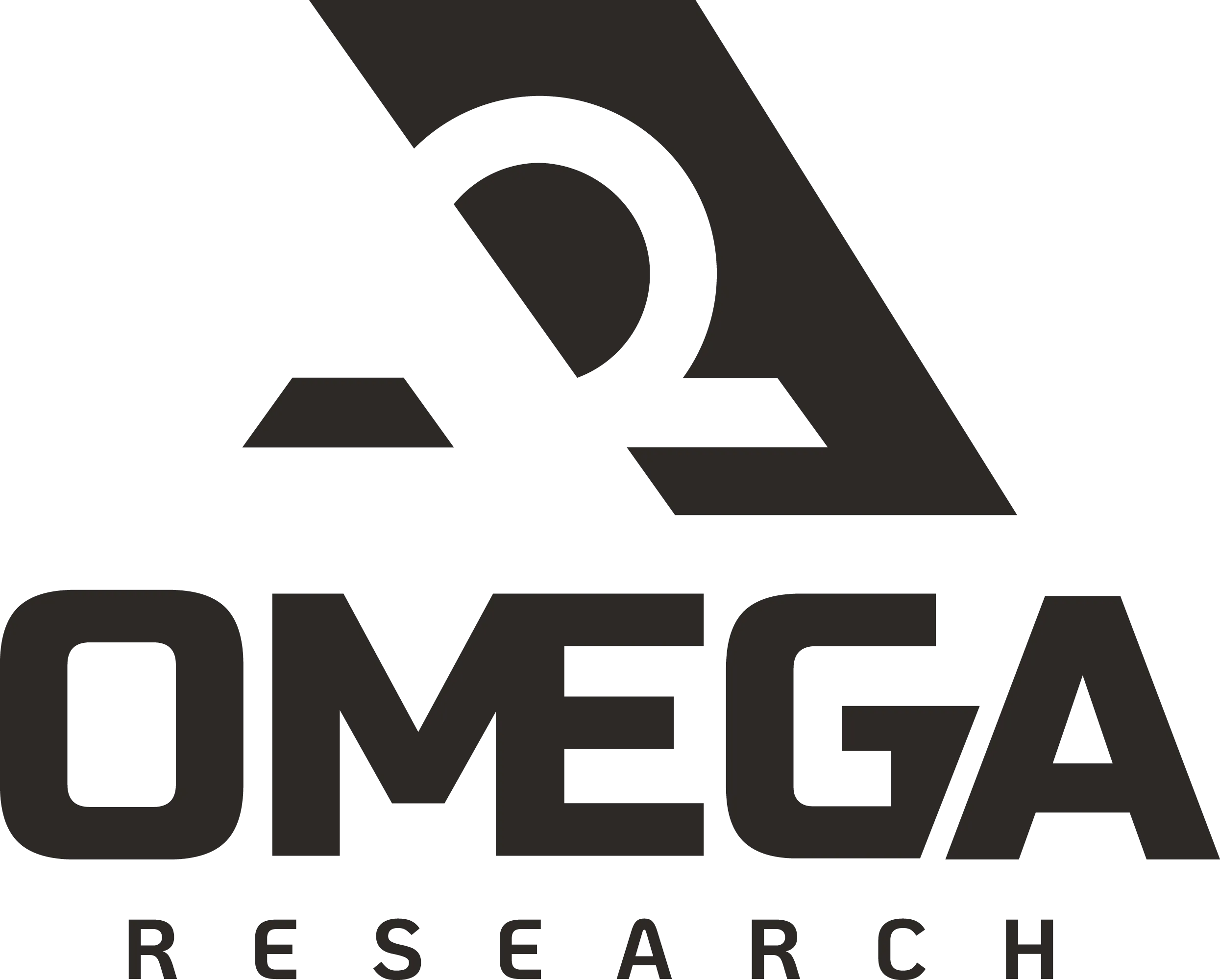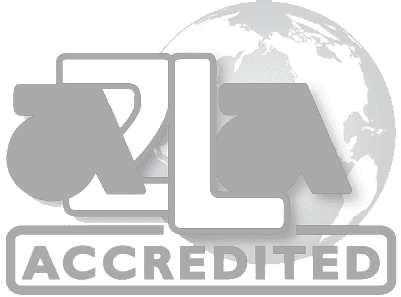
Research
OMEGA RESEARCH is a Testing Laboratory however we are much more with a focus on research and when testing failures occur, helping our customers understand causes more quickly to enable them make changes and avoid further test failures. Omega Research was founded by Craig Willan who has a life-long passion for problem solving and understanding the science and physics around metallurgy. Here we are providing access to some of the most important research work completed by Craig.
Corrosion - The Dark Side of Metals
Complete this form so we will email you the white paper.
The Plater’s Perspective
Complete this form so we will email you the white paper.


Materials
Understanding materials is fundamental to solving complex engineering problems. This section gathers research, commentary, and perspective on the role of materials in advancing performance, reliability, and innovation across high-stakes industries.
AerMet 100
Complete this form so we will email you the white paper.
Testing
Behind every component that flies is a history of testing, failure, and refinement. This section brings together papers that explore the rigorous world of materials testing, especially in relation to hydrogen embrittlement. These documents tell the story of how subtle design factors can have dramatic consequences, and why careful, evidence-based testing is at the heart of engineering.
All About Hydrogen Embrittlement
Complete this form so we will email you the white paper.
Effects of Embrittlement Relief Delays
Complete this form so we will email you the white paper.
Test Sample Orientation Longitudinal vs Transverse
Complete this form so we will email you the white paper.


